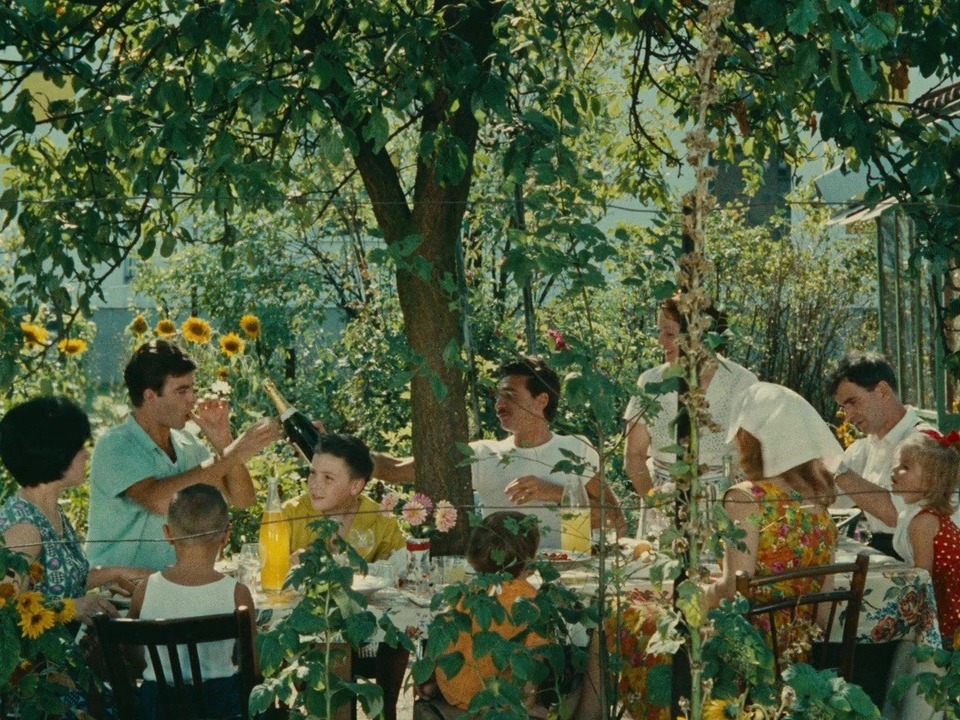In 1966, an essay by film critic William Johnson named ‘Coming to Terms with Color’ appeared in the magazine Film Quarterly. The piece covered a spectrum of arguments at the time about the role of “colour” in cinema. Until the early 1950s, Johnson wrote, “the chief disagreement was between the public – which generally flocked to color movies – and the critics – who generally dismissed color movies as garish, pretty-pretty, or otherwise inartistic.” Yet in the decade before the article’s appearance the status of “colour” changed, driven mostly by renowned filmmakers’ increasing take-up of colour, from Antonioni to Ophüls to Ozu to Wajda. Still, the question of colour’s place in film didn’t fade. The use of colour was determined as more “realistic”, more “sensuous” and even “slower”. Yet, as Johnson continues, critics were inclined “to take refuge in generalities, accepting or rejection the color as a whole.” A usable guideline proved difficult to determine. This week’s selection brings together three films by three Nouvelle Vague filmmakers, who each try to come to terms with colour in their own, idiosyncratic way.
La collectionneuse (Eric Rohmer, 1967)
“Nine out of ten people who have seen To Catch a Thief will talk about the famous ‘cigarette in the egg’ shot. Would Hitchcock have conceived this very effective gag in black and white? […] No, of course not, and yet if you think about it, what does colour have to do with it? It’s not the yellow as such, but the egg yolk itself that produces this effect on us, funny for some, powerful enough to nauseate others. But, and this is the crux of the matter, without its colour, this egg is only partially an egg. It exists fully only in colour. It is only in colour that cinematic expression attains absolute realism.” – Éric Rohmer
Le bonheur (Agnes Varda, 1965)
“[For Le bonheur,] I thought of the impressionists. In their paintings, there is a vibration of light and colour that seems to me to correspond exactly to a certain definition of happiness. In fact, the painters of that time tuned their technique to their subjects, and they showed picnics, lunches on the grass, Sundays, which there again, assimilated a notion of happiness. I used colour because happiness cannot be illustrated in black and white.” – Agnes Varda
Pierrot le fou (Jean-Luc Godard, 1965)
“When you drive in Paris at night, what do you see? Red, green, yellow lights. I wanted to show these elements but without necessarily placing them as they are in reality. Rather as they remain in the memory – splashes of red and green, flashes of yellow passing by. I wanted to recreate [in Pierrot le fou] a sensation through the elements which constitute it.” – Jean-Luc Godard
La collectionneuse is available on The Criterion Channel (US and Canada) and Kanopy.
Le bonheur is available on myLum (Benelux), The Criterion Channel (US and Canada) and Kanopy.
Pierrot le fou is available on Netflix, YouTube, Google Play, BFI Player, Amazon Prime Video, iTunes and Microsoft.




